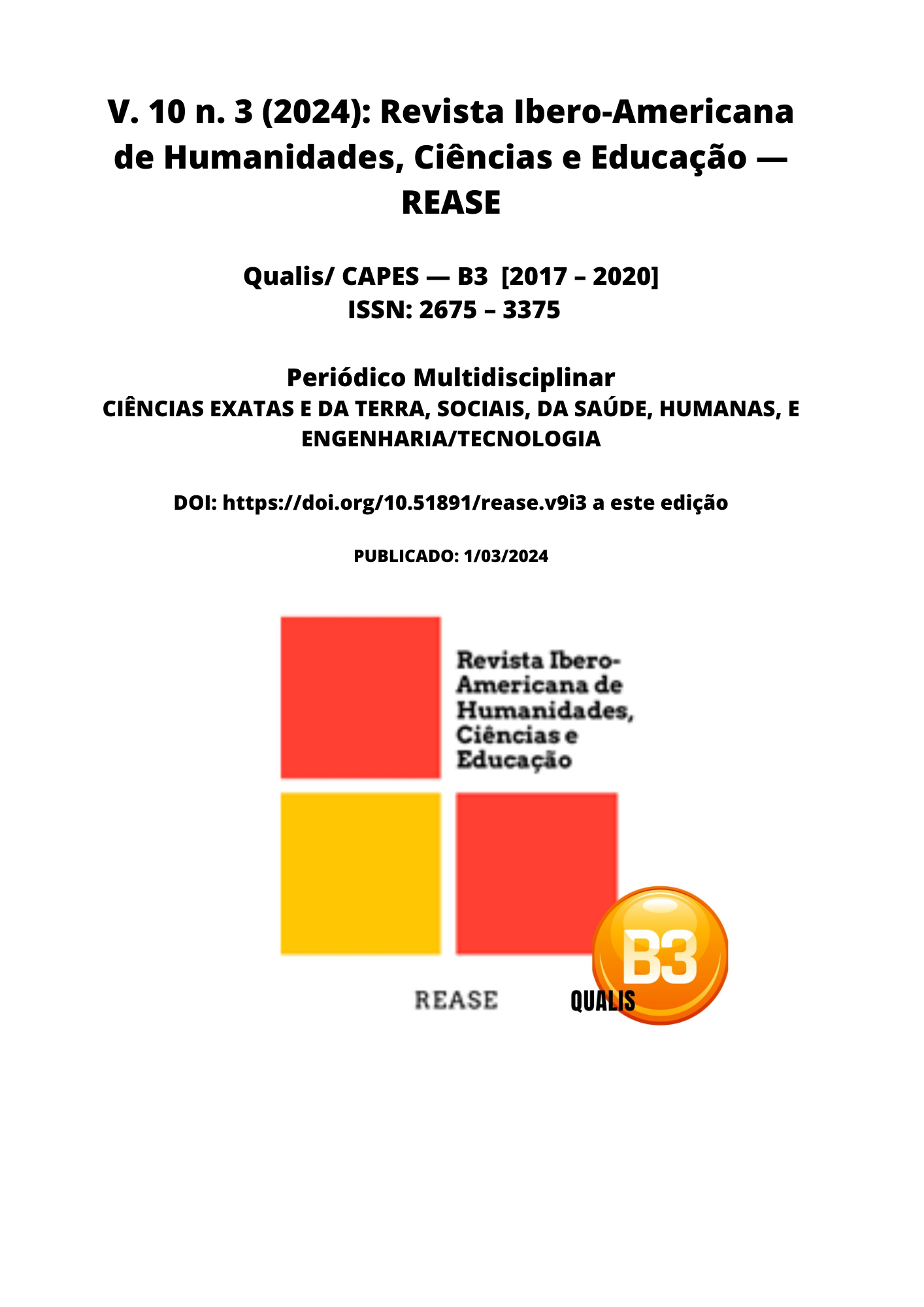HORMONAL IMPACT ON DERMATOLOGICAL PATHOLOGIES IN WOMEN
DOI:
https://doi.org/10.51891/rease.v10i3.13249Keywords:
Hormones. Dermatological pathologies. Women. Hormonal impact and fluctuations.Abstract
The relationship between dermatological pathologies and the endocrine system, especially hormones, has been the subject of considerable interest in the scientific community. Among all areas of dermatology, research into the hormonal impact on women is particularly relevant given the complexity of hormonal cycles across the lifespan, including menstruation, pregnancy and menopause. Hormonal fluctuations can trigger or worsen a variety of dermatological conditions, such as acne, hirsutism, melasma, and seborrheic dermatitis. Additionally, underlying endocrine disorders such as polycystic ovary syndrome (PCOS) and thyroid disorders often manifest in the skin, further expanding the importance of understanding this interaction. Objective of the systematic review: To investigate the relationship between hormonal fluctuations in women and the development or worsening of dermatological pathologies, identifying the main hormones involved and the underlying mechanisms. Methodology: The systematic review was conducted according to the PRISMA checklist. The PubMed, Scielo and Web of Science databases were searched, using the descriptors "hormones", "dermatological pathologies", "women", "impact" and "hormonal fluctuations". Studies published in the last 10 years that addressed the relationship between hormones and dermatological pathologies in women were considered for inclusion. The inclusion criteria were: original studies in humans, published in English, and which provided relevant data on hormonal interaction and dermatological conditions. Exclusion criteria were: animal studies, systematic reviews and studies with exclusively male samples. Results: A significant association was revealed between hormonal fluctuations and the development of dermatological pathologies in women. Key topics covered included acne, hirsutism, melasma and seborrheic dermatitis, with evidence pointing to the role of specific hormones, such as androgens, estrogen and progesterone, in triggering or worsening these conditions. Conclusion: This review highlights the importance of understanding the hormonal impact on dermatological pathologies in women, providing essential insights for clinical management and development of more effective treatments. The identification of the main hormones involved and the underlying mechanisms can guide future research and therapeutic interventions, aiming to improve patients' quality of life.
Downloads
Downloads
Published
How to Cite
Issue
Section
Categories
License
Atribuição CC BY

